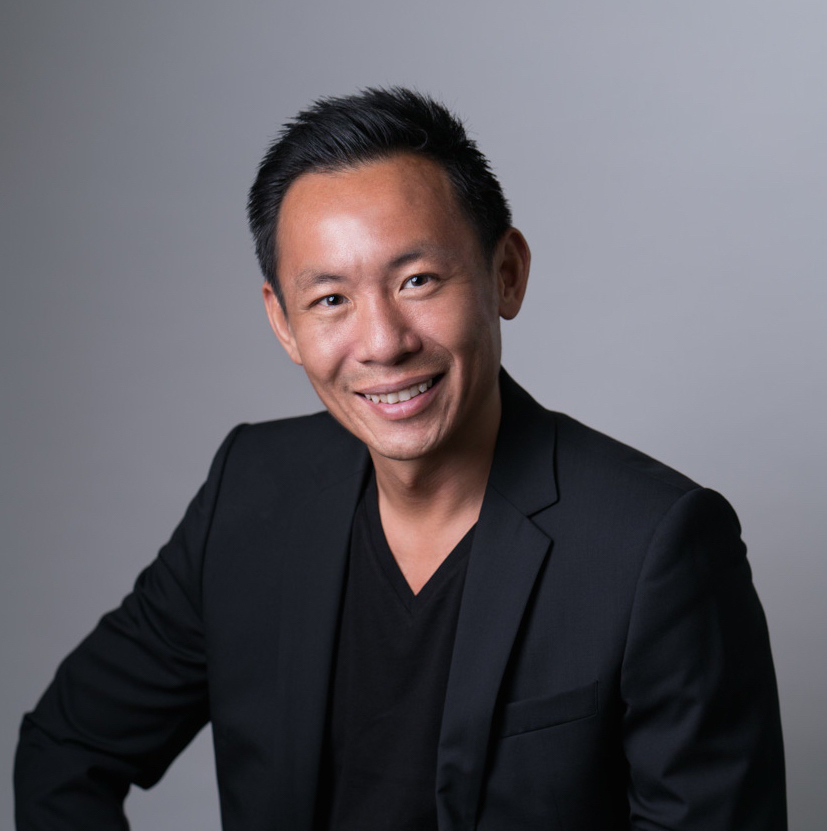
In Conversation with Alissa Dedman

I am Sydney born and bred and have been working in post-production for 26 years. And it is something that I still love doing everyday. For me editing is a total creative process. Being given hours of footage and from that crafting a story with pace and rhythm to build an emotion for the viewer is what it is all about. I have been lucky enough to work with some of the best commercial directors from Australia, New Zealand and Canada, making TVC’s for advertising agencies around the world. In the last few years I have also become heavily involved in title and post-production design for documentaries and TV series. Not only being responsible for the way a show will be structured editorially but also how stylized it will look.
What inspired you to become an editor?
I actually became an editor by default. After completing a Visual Arts degree, majoring in Sculpture and Painting, I was pretty handy with an angle grinder and a paintbrush. So I thought a job in the film industry, in the art department seemed a good fit. I managed to get a position working as an attachment in the art department on an Australian sitcom when I got an offer to work as an assistant film editor by an English feature film editor…and that was that for me.
How did you get your first break?
In 1988 I started working for an English film editor called Tim Street. He was a very generous man and great teacher. I worked for him for 9 years. Assisting for 4 years and then as an in-house editor for 5 years. He was from a feature film background but came to Australia to set up as a TVC editor. The late 80’s and early 90’s was a great time to be working in advertising. Budgets where big, profits where big and lunches where big. And as an assistant I worked hard but was always rewarded generously. Tim taught me so much about the craft of editing, the importance of sound and sound design and how to wrangle hours of footage into a comprehensive 30-second story…quite a skill.
What paths have you taken to get to where you are today?
In my early days I did everything from holding up cue cards to painting animation cells. I did Art Department work and even dressed as a giant peanut for a TV show. But my real break came from working as an editor and building a good client base early on.
I have been very fortunate to work with some really creative directors, one of which is Tracey Rowe who uses a lot of design and VFX in her commercials. When you do jobs like this you need to be really adept with effects and have a good eye for composition. You also have to have a strong technical understanding for the final stages of post- production.
Later in my career I started working on more and more long format projects. So after having done so much design and FX work in TVC’s I took that skill set and now find myself designing titles sequences and visually styling new TV shows. That has led me to designing 3 shows/ series for Ch7 and one doco series for National Geographic to date. But editing is still my first love.
What advice about the do's and don'ts would you give to an aspiring editor?
I actually think it is really hard for young editors these days to be trained well as the process is so different now. So my advice would be to work hard and cut, cut, cut as much as you can. Don’t be afraid to experiment but also listen to feedback, learn from it and ask lots of questions.
The director / editor bond is really strong and can be very collaborative. When you find a director that you gel with, nurture that relationship.
Tell us about what you're currently working on and what sets you apart from others?
I am currently finishing up a series for Ch 7 called Surveillance Oz. This is its 3rd series in production and it is a project I have been involved in from its inception both editorially and from a design perspective. It is a 6 part series based on CCTV/Surveillance footage that is heavily stylized so it is a big effects job to edit and involves a huge amount of sound design by the editors.
The first series went to air in 2012 and rated over 1.1 million viewers each week. It is now sold internationally to 42 counties around the world.
Share it around…






